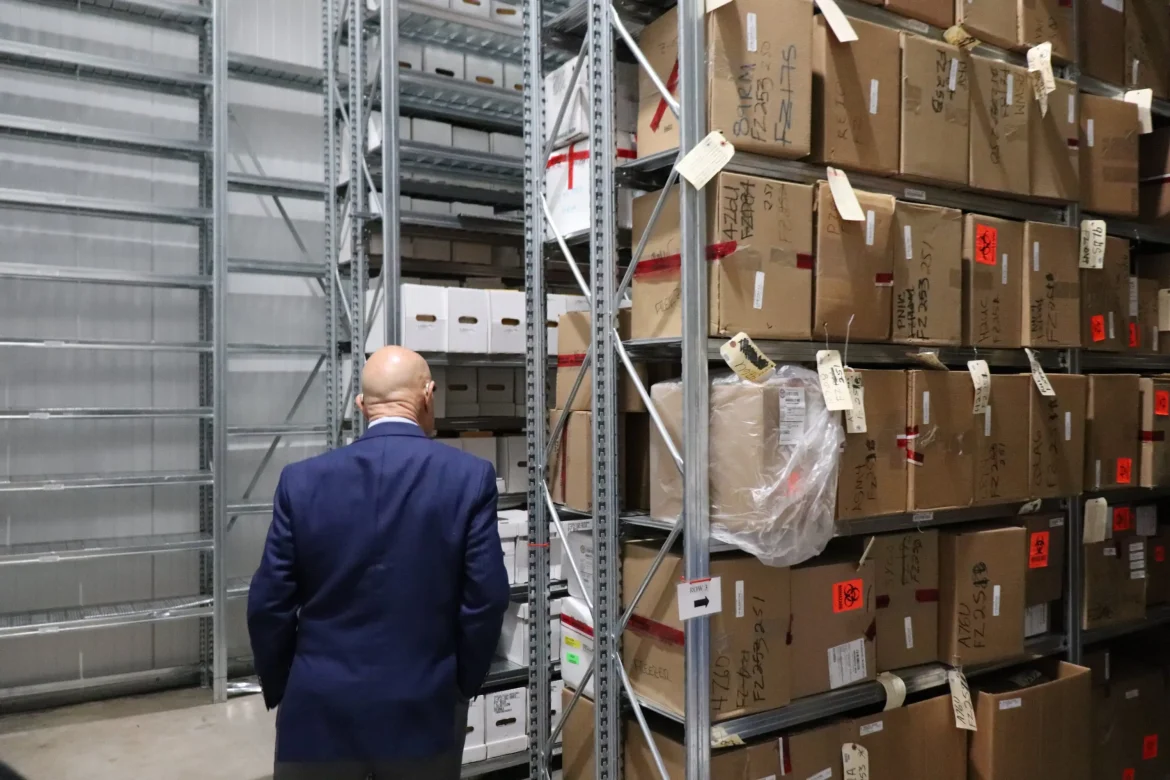The discovery of a rat infestation in a Houston evidence room has led to a significant cleanup effort. Authorities were prompted to act when reports emerged of rats, purportedly described as “drug-addicted,” infiltrating the property room. The infestation has highlighted the need for greater oversight and maintenance within the facility, which contains a substantial volume of evidence no longer required by investigators.
Officials have disclosed that the evidence room contains thousands of pounds of material spanning several decades. Among the items stored are notes from a homicide case dating back to 1947 and kilos of cocaine from the 1990s. The age and volume of the evidence point to systemic issues concerning the disposal and management of old or unnecessary items, which have accumulated over the years without being addressed.
The issue came to light after staff members reported seeing rats within the facility, leading to concerns over the security and integrity of the storage area. The rats, reportedly attracted by the narcotics stored within the room, are said to have caused damage to the premises and its contents. Authorities were alerted to the potential risk of contamination and compromised evidence.
In response, officials have initiated a purge of the evidence room. The process involves identifying items that are no longer needed for legal proceedings and arranging for their suitable disposal. This effort aims not only to address the immediate health and safety concerns posed by the infestation but also to establish a more efficient and manageable system for future evidence storage.
The situation has drawn attention to the broader challenges faced by evidence storage facilities. Legal experts highlight that evidence rooms across the country are often burdened with outdated or excess materials. These materials, though no longer pertinent to active cases, require careful management due to legal and regulatory obligations. Failure to adhere to these requirements can result in logistical challenges and potential security risks.
In dealing with the aftermath of the infestation, Houston officials are also reviewing their current policies and procedures. This review includes the implementation of enhanced monitoring and maintenance practices to prevent similar issues from arising in the future. Staff training and accountability measures are also under consideration as part of a comprehensive strategy to improve facility management.
The need for improved oversight is echoed by community leaders and stakeholders, who express concerns about the potential impact on public trust. Transparency and accountability in handling evidence are crucial for maintaining confidence in the judicial process. The recent incident has served as a wake-up call for authorities to ensure that evidence is stored, managed, and disposed of in a manner that upholds the integrity of the legal system.
As the cleanup proceeds, Houston authorities are collaborating with pest control experts and other professionals to mitigate the risk of further infestations. The process is expected to take time, given the extent of the backlog and the complexities involved in handling sensitive materials.

